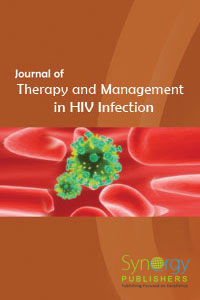
Prevalence of Psychiatric and Medical Comorbidities in HIV-Positive Middle-Aged and Older Adults: Findings From a Nationally Representative Survey Pages 7-16
Brooke E. Beatie1, Corey S. Mackenzie1 and Kee-Lee Chou2
1Department of Psychology, University of Manitoba, Canada; 2Department of Asian and Policy Studies, The Hong Kong Institute of Education, Hong Kong
DOI: http://dx.doi.org/10.12970/2309-0529.2015.03.01.2
Download PDFAbstract: Objective: In order to better serve older individuals with HIV, more information is needed regarding the prevalence of medical and psychiatric comorbidities, and its influence on quality of life within a nationally representative sample. The aims of this study were to assess associations of HIV among middle-aged and older Americans with lifetime Axis I and II psychiatric disorders and suicide attempts, past-year Axis I psychiatric disorders, past-year medical conditions, obesity, and health-related quality of life.
Method: Data were drawn from the National Epidemiologic Survey on Alcohol and Related Conditions (NESARC), which included 15,456 adults aged 50 and older.
Results: Respondents with self-reported HIV were more likely than those without to report any lifetime Axis I disorder, any lifetime anxiety disorder, any lifetime substance and drug use disorder, any past-year Axis I and substance use disorders, hypertension, diabetes, and arthritis. HIV infection was also associated with poorer physical health-related quality of life.
Discussion: Middle-aged and older adults with HIV have an increased risk of psychiatric disorders and a number of medical conditions that impair physical but not mental health-related quality of life. Comprehensive and integrated medical treatment should be designed and delivered to this underappreciated but growing group of patients.
Keywords: Quality of life, aging, mental health, medical conditions, psychological comorbidities. Read more

